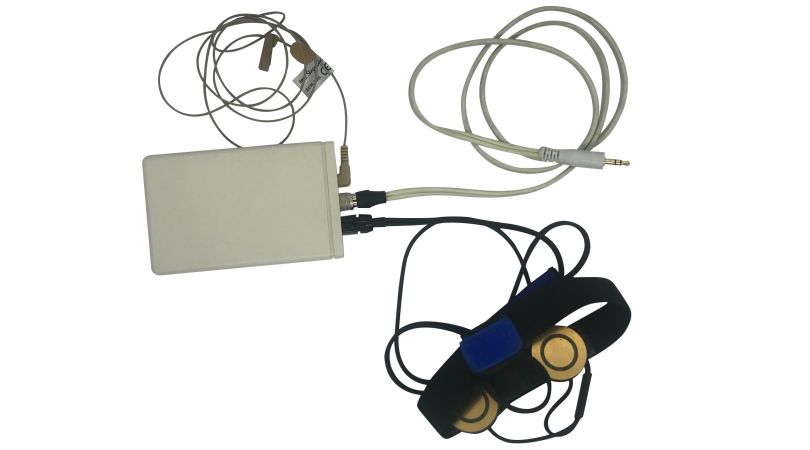1137 阅读 2020-02-11 14:48:20 上传
Voice Timing in Two Parkinson’s Disease (PD) Patients following Subthalamic Nucleus
Deep Brain Stimulation (STN-DBS)
Tim Grover1 , Elina Tripoliti1 , Evelyn Abberton2 , and Adrian Fourcin2 UCL & Institute of Neurology1 ;
Unit of Functional Neurosurgery, National Hospital for Neurology and Neurosurgery1 ; UCL SH&PS2
Aim: STN-DBS is an established treatment for the primary symptoms of PD (Limousin et al, 1995). Speech and voice can have a variable response (Tripoliti et al, 2014). Subtypes of presentation have been proposed (Tsuboi et al, 2014). This study sought to examine the effects of STN-DBS on the temporal prosodic structure of voicing in the connected speech of two STN-DBS patients with contrasting presentations. Laryngograph® data (Lx) provided the basis for the exact temporal definition of sequences of voiced intervals in each sample.
Methods: A standardised reading passage, speech intelligibility test (SIT) and minute monologue were recorded using the Computerised Speech Lab (CSL) and Lx. Prosodic structural analysis of the Lx data was performed (Fourcin, 2010). The new Voiced Interval Distribution (VID) was the primary outcome measure. Pitch range, regularity, vocal fold (VF) contact and loudness were also examined. Perceptual measures included the SIT score (%) and a perceptual Score (DAB, PlowmanPrine, 2009)
Results: Pitch and VF contact were near normal for PT 1&2. Temporal prosodic control characteristics were abnormal. PT1 had a flat VID range without the normal central probability peak at 100 – 200ms. SIT =57% & DAB =16/42. Speech was strained with “squeezed” phonation, distorted intonation contours, imprecise articulation and, overall, dystonic in nature. PT 2 approached normality with a central VID probability peak but a less organised voice interval range. SIT =100% & DAB =38/42. Speech was breathy, monopitch with reduced vocal loudness and, overall, bradykinetic in nature.
Conclusion: The use of VID analysis to examine the temporal prosodic structure of voicing in the connected speech of STN-DBS patients provides an objective measure reflecting perceptual features known to occur, and may assist management and prosodic therapy.

References:
Limousin, P., Pollak, P., Benazzouz, A., Hoffmann, D., Le Bas, J. F., Broussolle, E., Perret, J.E. & Benabid, A.L. (1995).
Effect of parkinsonian signs and symptoms of bilateral subthalamic nucleus stimulation. Lancet 345 91-95.
Tripoliti, E., Limousin, P., Foltynie, T., Candelario, J., Aviles-Olmos, I., Hariz, M.I. & Zrinzo, L. (2014).
Predictive factors of speech intelligibility following subthalamic nucleus stimulation in consecutive patients with Parkinson’s disease. Mov Disord 29(4) 532-8.
Tsuboi, T., Watanabe, H., Tanaka, Y., Ohdake, R., Yoneyama, N., Hara, K., Nakamura, R., Watanebe, H., Senda, J., Atsuta, N., Ito, M., Hirayama, M., Yamamoto, M., Fujimoto, Yasukazu, K., Wakabayashi, T., Sobue, G. (2014)
Distinct phenotypes of speech and voice disorders in Parkinson’s disease after subthalamic nucleus deep brain stimulation. J Neurol, Neurosurg Psychiatry 86 856-864.
Fourcin, A. A note on voice timing and the evolution of connected speech. Logopedics Phoniatrics Vocology, 2010; 35: 74–80












